“Everyone knows someone who has seen the ghost of Blue Bell Hill.”
A conversation overheard in a local bookshop, once upon a time:
Customer: Do you have any books about local ghosts?
Bookseller: I think we’ve got one or two. Were you looking for something in particular?
Customer: Do you have anything about the ghost of Blue Bell Hill?
Bookseller: (makes a noise somewhere between a laugh and a cough) Sorry. It’s just that it’s one of those things, you know – everyone knows someone who has seen the ghost of Blue Bell Hill.
“I do! I know someone who has seen the ghost of Blue Bell Hill!” I thought to myself, overhearing this exchange while browsing a nearby bookshelf. In my experience, most people living in Medway either know someone who has personally seen this legendary local spook, or they know someone who knows someone else who has seen it. The bookseller and the customer wandered off into the depths of the shop, and I never found out whether they tracked down what they were looking for, absorbed as I was in my own booky perusals. Thinking back to that conversation has always amused me, particularly at this time of year. With Halloween just around the corner, I thought I’d follow in that customer’s footsteps and do some research into ghosts of Medway. It turns out there’s loads of them! I’ve picked out just a few.
Lady Blanche of Rochester Castle
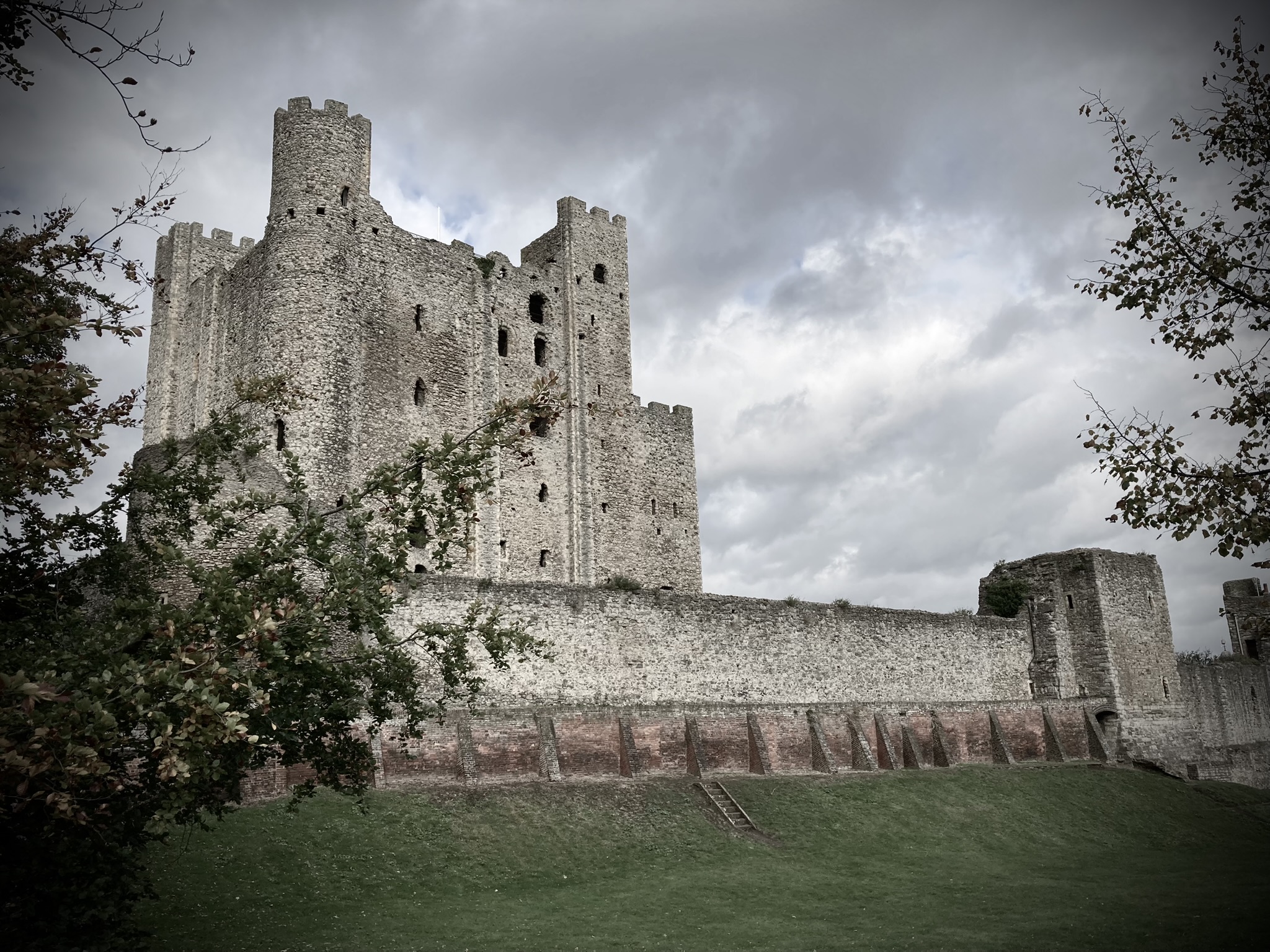
During the Second Baron’s War in 1264, Simon de Montfort, Earl of Leicester, laid siege to Rochester Castle. He was one of many barons who were quite miffed with King Henry III at the time, and he was trying to capture the castle, which belonged to King Henry. On de Montfort’s side was Gilbert de Clare – Earl of Gloucester, Lord of Glamorgan, builder of Caerphilly Castle and one-time resident of local Tonbridge Castle. De Clare was known as ‘The Red Earl’ on account of his red hair, fiery temper, or possibly both. He fancied one Lady Blanche, who was at Rochester Castle during the siege. Lady Blanche had previously turned down de Clare’s advances and got engaged to another knight, Sir Ralph de Capo, instead. The story goes that Gilbert de Clare, furious at being rejected and determined to have Lady Blanche for himself, snuck into the castle during the siege by wearing similar armour to Ralph de Capo. He found Lady Blanche watching the siege from the castle battlements and tried to assault her. De Capo saw what was happening, seized his longbow and fired at de Clare. Tragically, his arrow bounced off de Clare’s armour and hit Lady Blanche instead, killing her instantly. Her ghost began haunting Rochester Castle that same night (very efficient!) and appears as a dark-haired woman in a flowing white dress, forlornly wandering the battlements with the arrow still trapped in her body.
Now I could find plenty of details about Gilbert de Clare while researching this post, but I could find no reference to a Lady Blanche of Rochester Castle, nor to Ralph de Capo, in the historical record. And I’m no military or ballistics expert, but it seems highly unlikely that an arrow, once fired, would retain enough energy to ricochet off anything, never mind with enough residual force to kill another person. De Capo’s choice of weapon feels a bit suspect as well. Why an arrow – surely a sword, or dagger, or even going in fists flying would have been more effective in the circumstances? And why was Lady Blanche watching the siege, apparently unprotected, from the battlements? Hmm. But apocryphal or not, this is certainly a dramatic local ghost story that has stood the test of time.
Peg Leg Jack
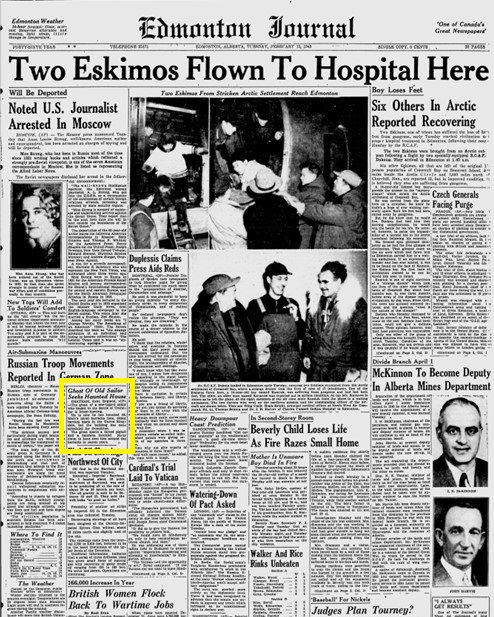

Not many Medway ghosts have managed to earn a mention in the international press, but Peg Leg Jack has. He was said to have haunted St Mary’s Barracks in Chatham before its demolition in the 1960s. The legend is that Peg Leg Jack was the spirit of a former serviceman or solider who was shot after being mistaken for an intruder, although some stories suggest he was a sentry who was beaten to death by a group of prisoners trying to escape. A spook who was usually heard rather than seen, his arrival was signalled by the mysterious tapping of a crutch (or possibly wooden leg), usually between the hours of midnight and 4:00am. Accounts of exactly where Peg Leg Jack could be encountered differ, but it seems that he was most often heard around room 34 of Cumberland Block, or near the barracks’ main gates. After plans to demolish the barracks were announced, news of Peg Leg Jack’s search for a new home made it to Canada, where the Edmonton Journal reported that “the ghost of a one-legged sailor who fought in the Battle of Trafalgar is house-hunting.” I would love to know why this story was of interest to the good people of Edmonton, and where the description of Peg Leg Jack’s appearance came from. Perhaps the journalist had links to Medway? If you can shed any light on this mystery, do get in touch!
The barracks were demolished in the 1960s. Who knows where Peg Leg Jack is now? Wherever it is, I hope he’s at peace at his new home.
Charles Dickens
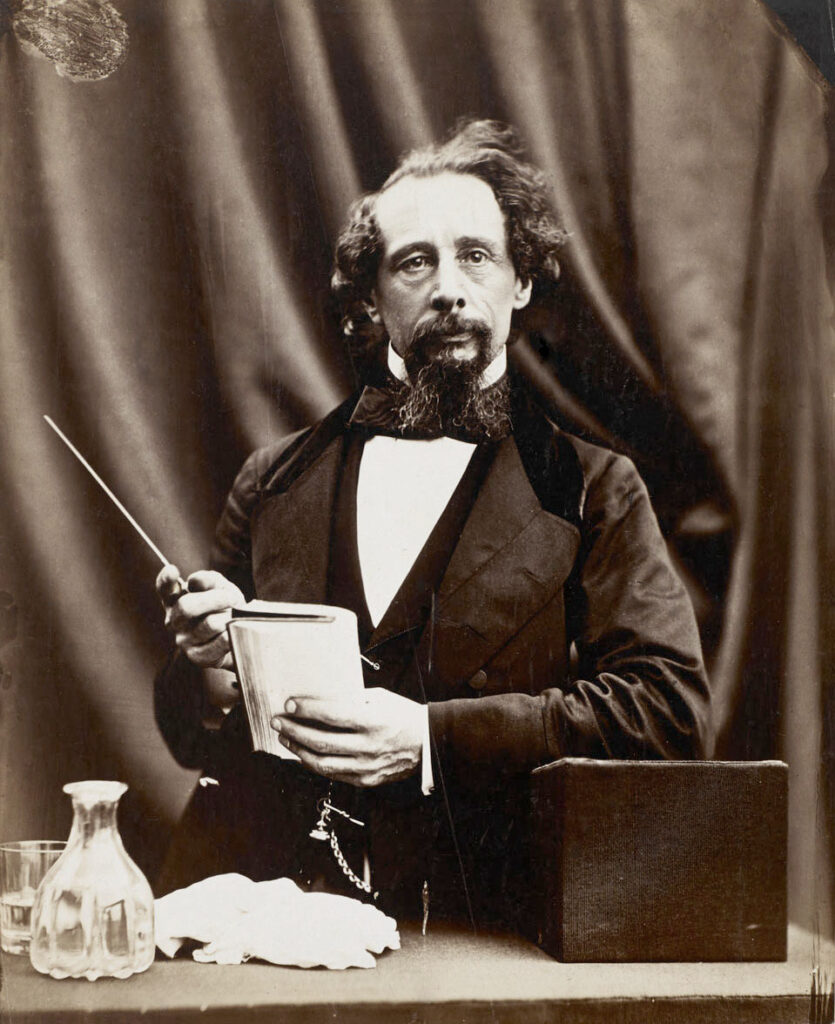
One of Medway’s most famous residents, Charles Dickens had strong connections with Rochester. He lived in Chatham and Rochester as a child, and many places in the area feature in his books. Restoration House in Rochester was the inspiration for Miss Havisham’s house in ‘Great Expectations’ and Eastgate House on the High Street appears in ‘The Pickwick Papers’, to mention just a couple. Before his death in 1870, Dickens stated that he wanted to be buried in Kent “in an inexpensive, unostentatious, and strictly private manner”.
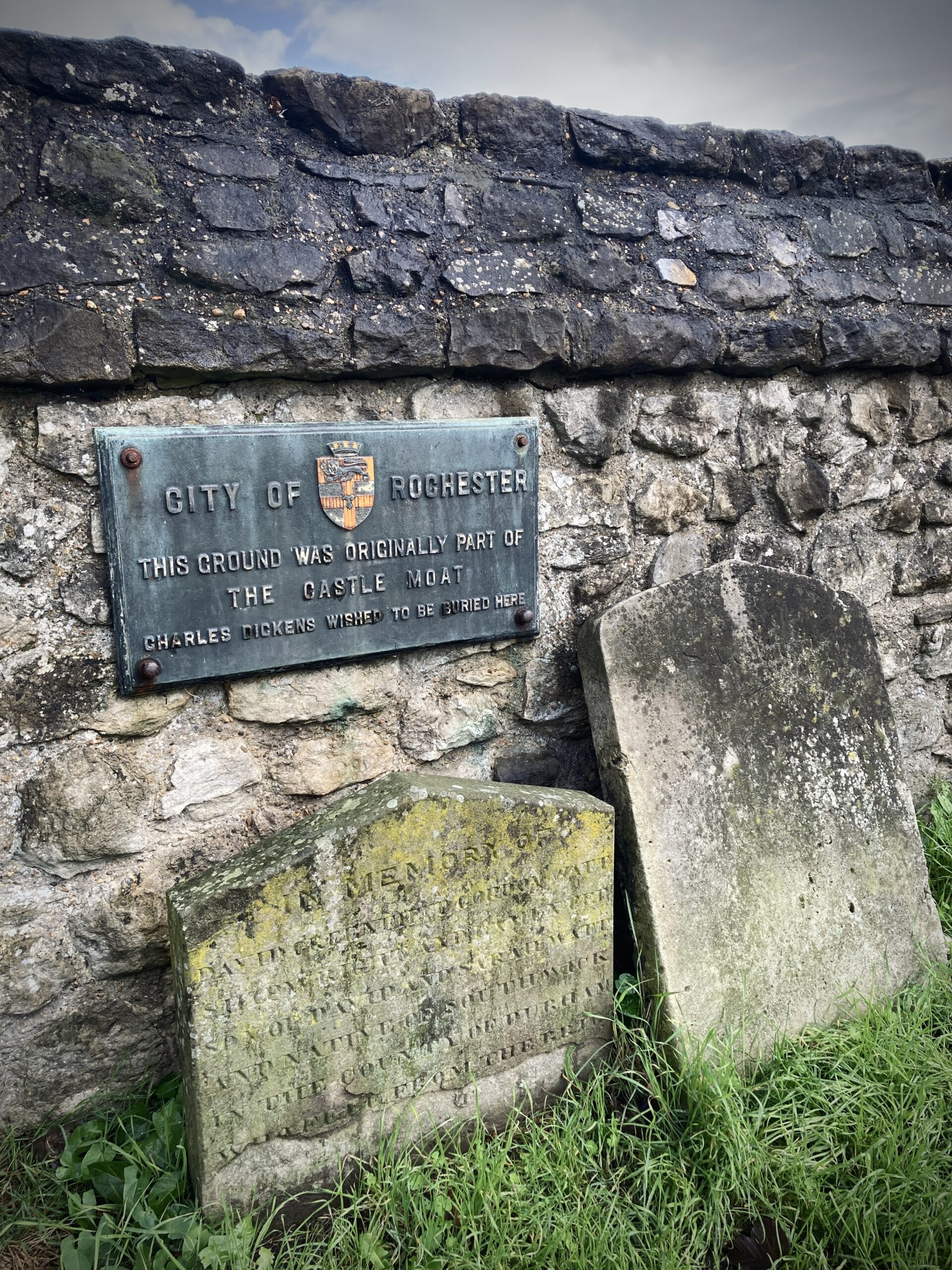
In ‘The Life of Charles Dickens’ John Forster adds that Dickens wanted his grave to be “in the small graveyard under Rochester Castle wall, or in the little churches of Cobham or Shorne.” Instead, Dickens’ monumental profile as one of the nation’s most beloved writers meant that he was buried at Westminster Abbey, against his wishes. It is said that Dickens’ ghost can be seen wandering among the ancient gravestones beneath Rochester Castle, perhaps looking for his own resting place.
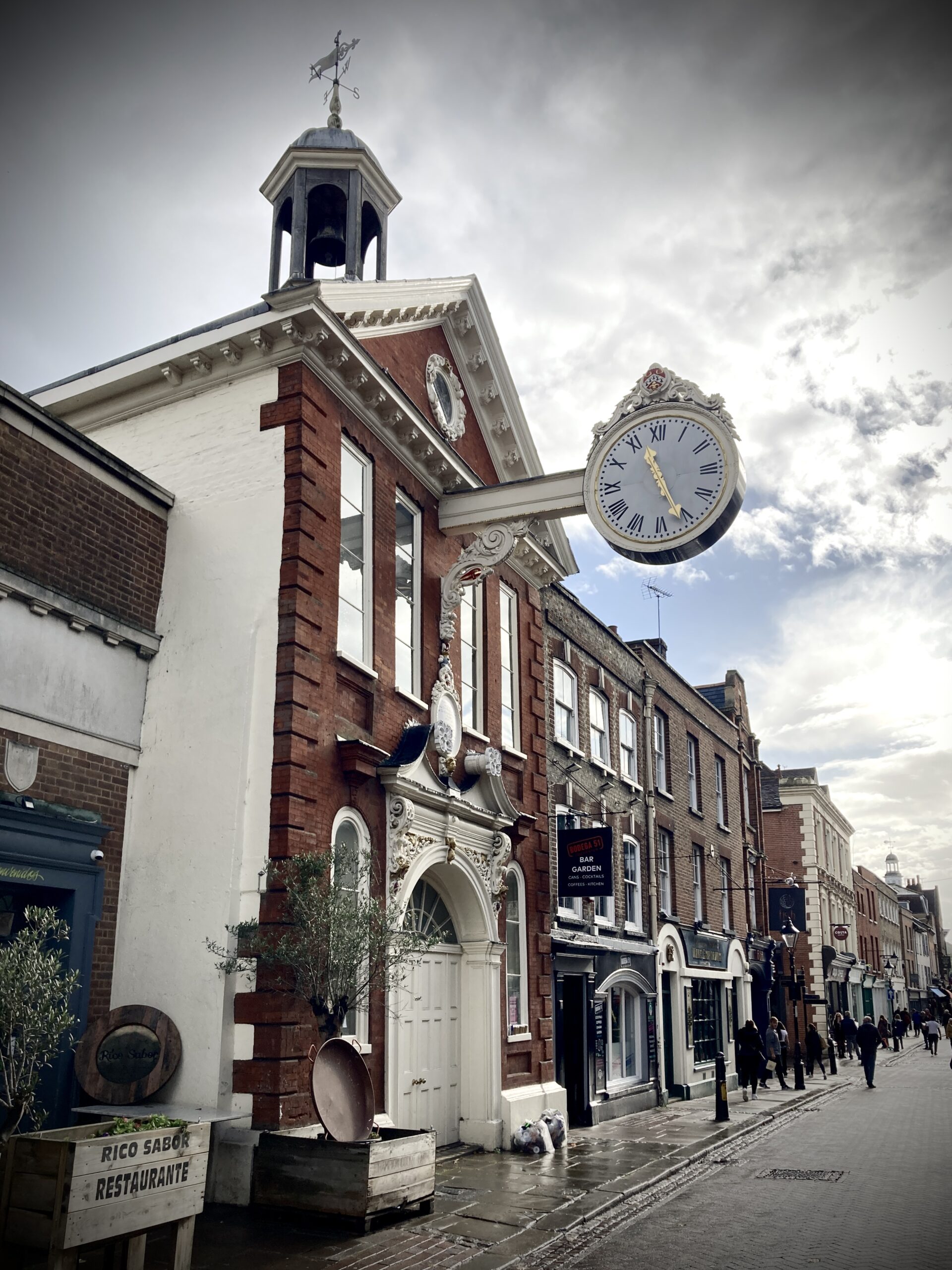
Dickens apparently also appears outside Rochester’s Corn Exchange around midnight on Christmas Eve, where he sets his watch by the building’s clock before fading into the night.
The Headless Horseman of Rainham
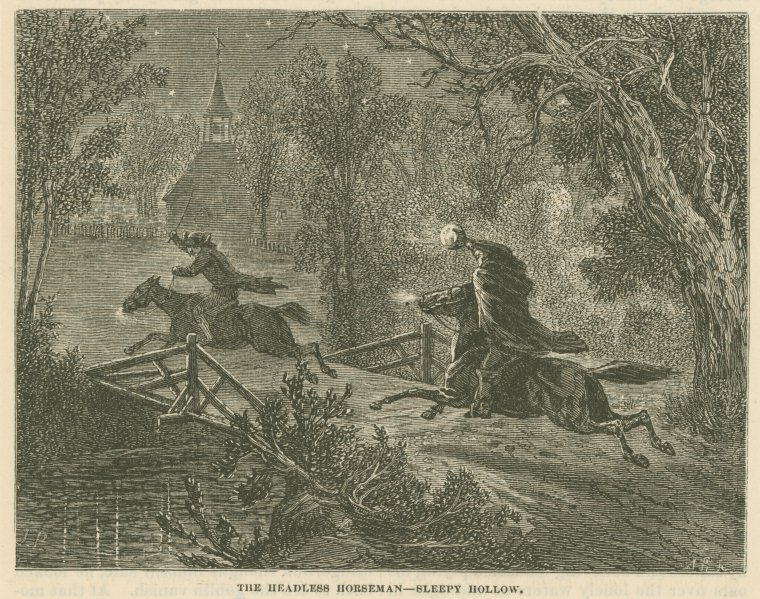
‘The headless horseman – Sleepy Hollow’, The Miriam and Ira D. Wallach Division of Art, Prints and Photographs: Picture Collection, The New York Public Library. (1876).
Stories of ghostly headless horsemen date back centuries. The most famous is probably Washington Irving’s ‘The Legend of Sleepy Hollow’, published in 1820, but there are many earlier stories from German and Irish folklore. Medway apparently has its own headless horseman too; the ghost of Sir Christopher Bloor, who rides along Berengrave Lane from a local church with his head under his arm. A rich landowner with a penchant for seducing the wives of local men, Sir Christopher got his comeuppance when a group of husbands wreaked revenge by chopping off his head and sticking it on a pole on St Margaret’s Church. The carriage was then apparently sent back to Sir Christopher’s home, Bloors Place, with the headless body in the back. It is said that his ghost can be seen on Berengrave Lane in a coach driven by a headless horseman, with a headless footman, and pulled by four headless horses.
This is another story with limited hard evidence, but Sir Christopher was a real person who lived in Tudor times, and Bloors Place is a real place – in fact, it’s one of the oldest houses in Medway.
The Ghost of Blue Bell Hill
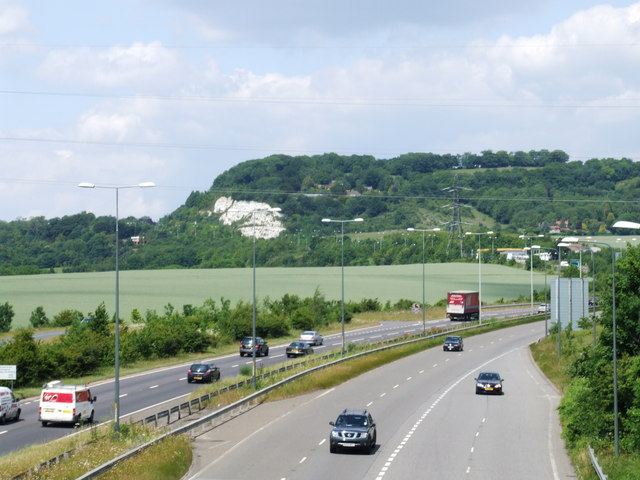
Naturally, I couldn’t end this post without mentioning the ghost of Blue Bell Hill.
Now, Blue Bell Hill is not actually in Medway. It’s over the border in Tonbridge and Malling, about halfway between Maidstone and Rochester. But everyone in Medway knows this story, and – as mentioned earlier – apparently a good proportion of the local population has encountered the ghost in some way.
The Blue Bell Hill road joins Medway to Maidstone via the A229. It’s a steep hill with great views over the Kent countryside on the way down, and plenty of opportunity to get stuck behind someone whose car is struggling with the incline on the way back.
The story goes that drivers motoring along Blue Bell Hill in bad weather see a woman suddenly step out in front of their car. They slam on the brakes, often believing themselves to have hit the woman, but when they step out of the car, she is nowhere to be found. Three separate such incidents were reported to the police in 1992, but police found no evidence of any victim or crash after investigating the scene. Other reports involve drivers being stopped by a woman asking for a lift, who then promptly disappears shortly after getting into their car. Sadly, the origins of this story lie in a relatively recent and tragic event – a car crash on the road in 1965 in which three women were killed, shortly before one of them was due to be married. Many believe that the ghost of one of the women is haunting the road, looking for someone to take her home. Janet Cameron’s book, Haunted Kent, contains a detailed list of reported sightings.
I zoom up and down Blue Bell Hill regularly and have often wondered why I haven’t encountered the ghost myself, despite having lived here for 18 years. However, when discussing this post with the Man of Kent’s Dad, an expert on local geography, topography and travel routes, I discovered that the Blue Bell Hill I know today might not, in fact, be where this particular spook hangs out! To help me understand more, the Man of Kent’s Dad lent me some old copies of local maps and Edwina Kissick’s rich history of the area, ‘A Steep High Hill’.

Writing about the Blue Bell Hill road in 1996, Kissick says:
“Present day commuters know it as a busy road, a congested road. It is also a very ancient route. The Roman road, from Rochester to the iron-producing areas of the Weald, ran down Blue Bell Hill though not on the line of the modern main road. The route may be even older. Before the Romans came, there was an Iron Age settlement at Rochester, affluent enough to mint its own coinage. It is quite possible that the iron was already being worked in the Weald and transported to Rochester along our road, and that the Romans merely took over and improved an existing track.”
Edwina Kissick BSc, ‘A Steep High Hill‘
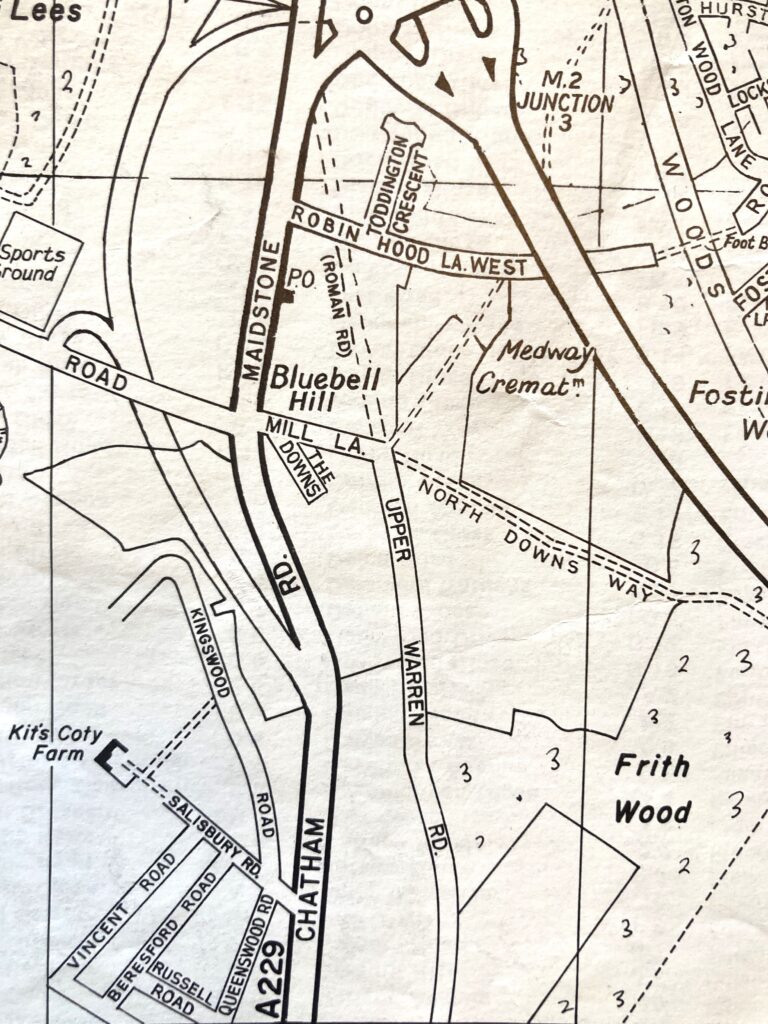
The route of the old Roman road was further east, and led directly to the village of Blue Bell Hill. That road is still there today, but most drivers use the bypass instead. Maybe the reason I haven’t encountered the ghost yet is because I’ve been driving on the wrong part of Blue Bell Hill the whole time. Edwina Kissick does not mention the ghost of Blue Bell Hill in her book, but from what I’ve read, she sounds like far too sensible a lady to be writing about supernatural nonsense.
So I still don’t know if the ghost of Blue Bell Hill really exists. I also don’t know if that customer in the bookshop ever found the book they were looking for, though I hope they did. What I do know, is that if you’re looking for spooks this Halloween, Medway ain’t short of ‘em.
And finally…
If you’re interested in reading more about local ghost stories and mysterious happenings, here’s a list of the books I used writing this piece. All are available from Medway Libraries:
- Haunted Chatham by Neil Arnold
- Haunted Rochester by Neil Arnold and Kevin Payne
- Haunted Kent, by Janet Cameron
- A Steep High Hill by Edwina Kissick
- Haunted Inns of Kent by Robert Long
- Haunted Places of Kent by Rupert Matthews
- Ghosts of Kent – Authentic ghost stories from the Garden of England by Peter Underwood

Leave a Reply